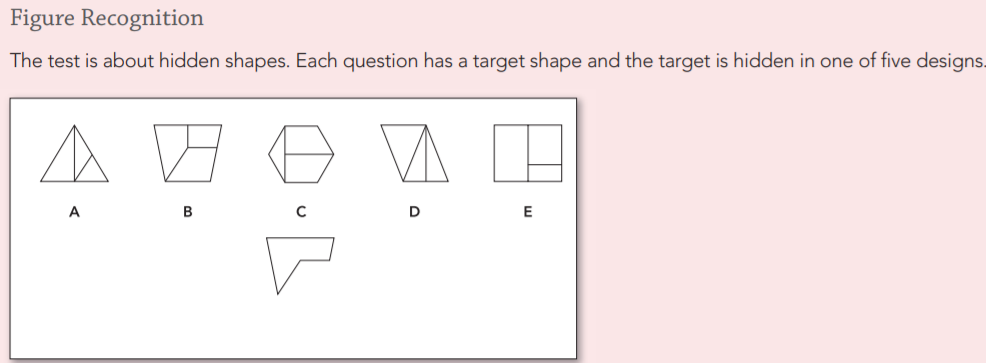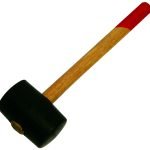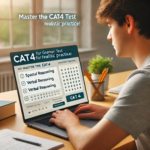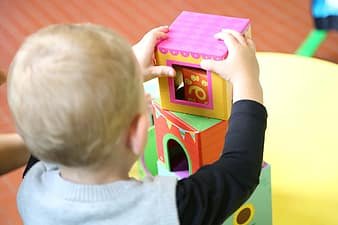What are Cognitive Abilities?
Cognitive abilities are the fundamental building blocks of all other skills. There are various paradigms out there but the ones the CAT4 focuses on are essential to predict future performance, particularly during GCSEs and A-Levels.
The CAT4 assesses four different cognitive areas:
- Verbal Reasoning (VR)
- Non Verbal Reasoning (NVR)
- Quantitative Reasoning (QR)
- Spatial Awareness (SA)
And uses 8 individual tests. The tests are between 8-10 minutes and consist of the following;
- Non-Verbal Figure Classification
- Non-Verbal Figure Analysis
- Non-Verbal Figure Matrices
- Non-Verbal Figure Recognition
- Numerical Analogies
- Numerical Series
- Verbal Analogies
- Verbal Classification
Try a CAT4 practice test now by clicking here.
Verbal Reasoning (VR)
Verbal reasoning is the ability to understand, classify, and identify patterns in words. The CAT4 measures a child’s ability in this area using a verbal classification test and a verbal analogies test. This skills translates directly to a child’s academic performance since if they can’t read well and understand they are unlikely to perform well in any tests or exams. A basic level of vocabulary is essential and I would argue this is the one sub test which measures – more than indirectly – a child’s exposure to reading material and verbal skills. If a child does have the basic verbal knowledge then the test starts to meets its objective which to test how well a child can think using words.
The verbal classification test presents the student with a number of words which are related in some way. The student then needs to select another word from five other words which is associated in a similar way with the group presented.
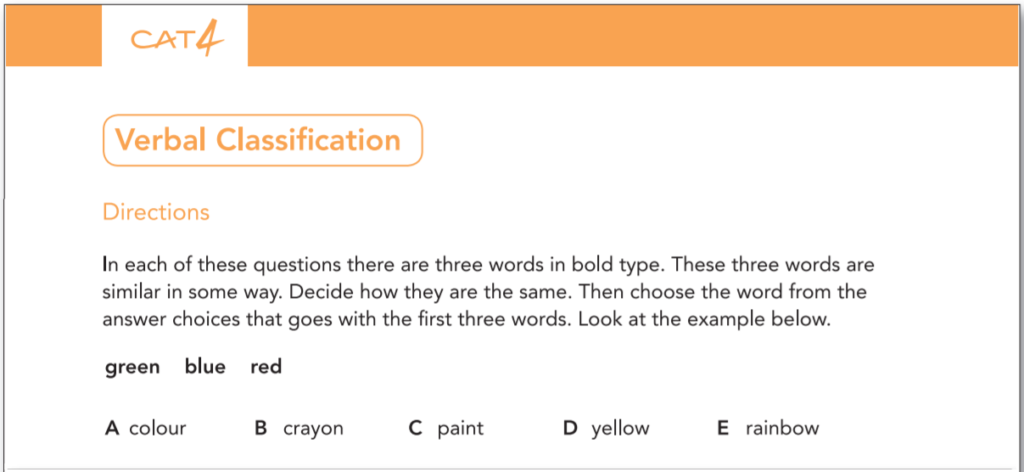
The verbal analogies test requires the student to determine the relationship between a pair of words. A third word will then be presented and the student needs to use the relationship from the first pair to select a fourth word. This helps to assess the ability to determine verbal connections, relationships, and patterns.

Quantitative Reasoning (QR)
Quantitative Reasoning is the ability to apply mathematical skills to real world problems. It requires the identification of similarities and patterns in numbers to help analyse and determine conclusions which are based on logical relationships. The CAT4 measures a child’s ability in this area using a number analogies test and a number series test. This CAT4 subtest is not actually testing a child’s previous mathematics knowledge but rather the child’s ability to think using numbers – thinking about number patterns, similarities, and differences are key to this particular subtest. It’s not at all about how to use numbers in the real world it’s more about the raw foundational skills you would use when faced with a real world problem involving numbers.
The number analogies test provides pairs of numbers which are linked together in some way using a logical rule. The third pair needs to be completed by selecting from five options presented. The relationship determined by analyzing the first two pairs needs to be applied to the third third number to select the correct answer.
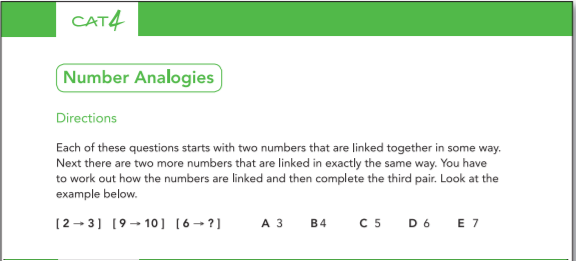
The number series test presents a series of numbers which are related using a rule or function. The student needs to analyze the numbers and determine the function / rule and calculate the next number in the sequence. This number needs to be selected from the five options presented.

Non Verbal Reasoning (NVR)
Non-verbal reasoning is the ability to visually understand shapes, their relationships and patterns, differences, and similarities. The CAT4 measures a child’s ability in this area using a figure classification test and a figure matrices test. Possibly one of the first skills we learn as children is to recognise shapes and faces. Visual non-verbal reasoning is a skill which develops as we grow and start to categorise our surroundings. Furthermore, we bunch things together it larger groups and then smaller groups – four legged animals is split further into cats, dogs, horses etc.. The brain is truly amazing !
The figure classification test presents a group of shapes which are similar in some way. The student then needs to select one of the other five shapes presented that also belong to the group due to the shared characteristic.
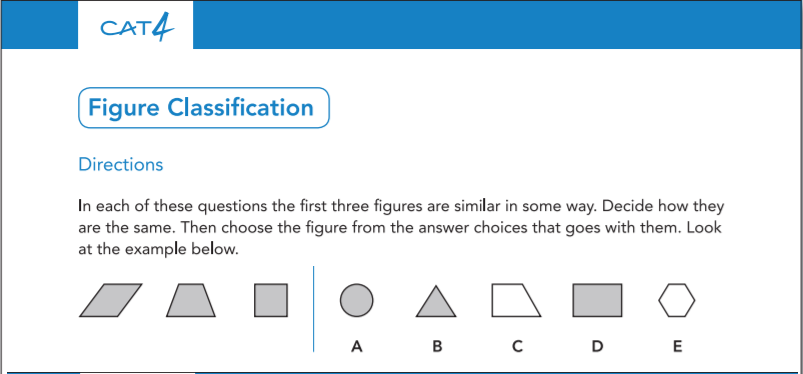
The figure matrices test is about recognizing the way shapes change and how to apply this change to other shapes. The student will be presented with three shapes in a square with a fourth shape missing. The change between the first two shapes will need to be applied similarly to the third shape to decide which shapes from the five options is the missing fourth shape.
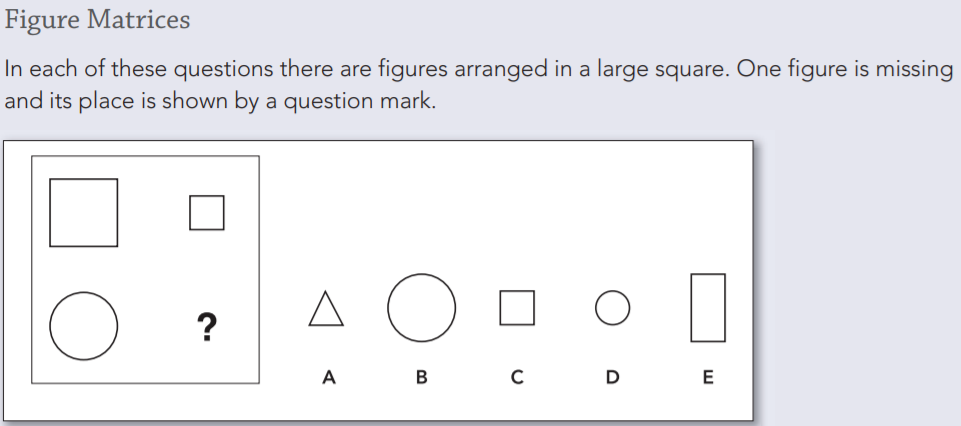
Spatial Awareness (SA)
Spatial Reasoning is the ability to solve complex three dimensional problems by mentally visualizing, manipulating, rotating, and transforming images. The CAT4 measures a child’s ability in this area using a figure analysis test and a figure recognition test. I have a brother-in-law who can’t put together an Ikea flat pack even if his life depended on it. Being able to visualise in both 2d and 3d spaces helps us understand the consequences of actions. As young babies we believe an object simply does not exist if we can’t see it, or if its been rotated – our spatial awareness of objects and what happens to an object when moved or transformed is yet to develop.
The figure analysis test presents the user with a square that has been folded and hole punched a number of times. The student needs to visualize how the square would look unfolded and select the correct option from the five presented.
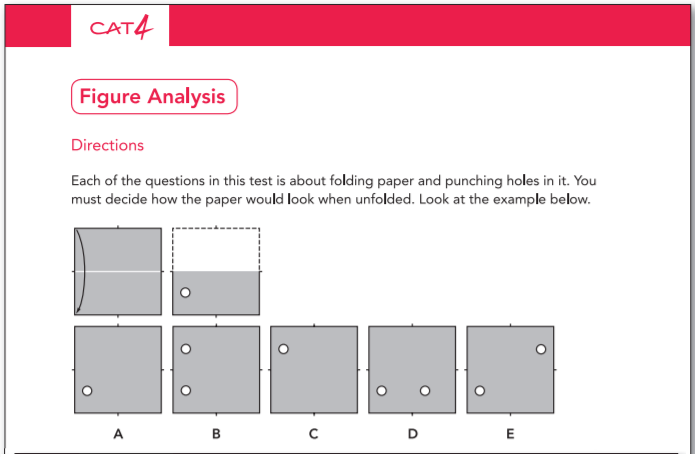
The figure recognition test evaluates the students ability to recognize shapes within other shapes. The user is asked to simply identify the presence of a shape in one of five complex pictures.
